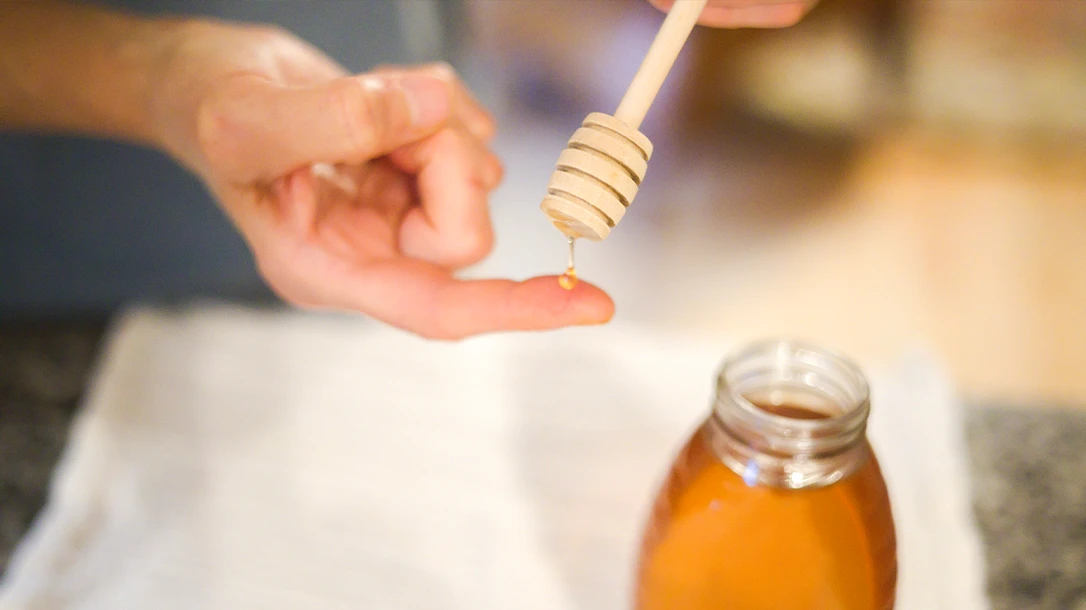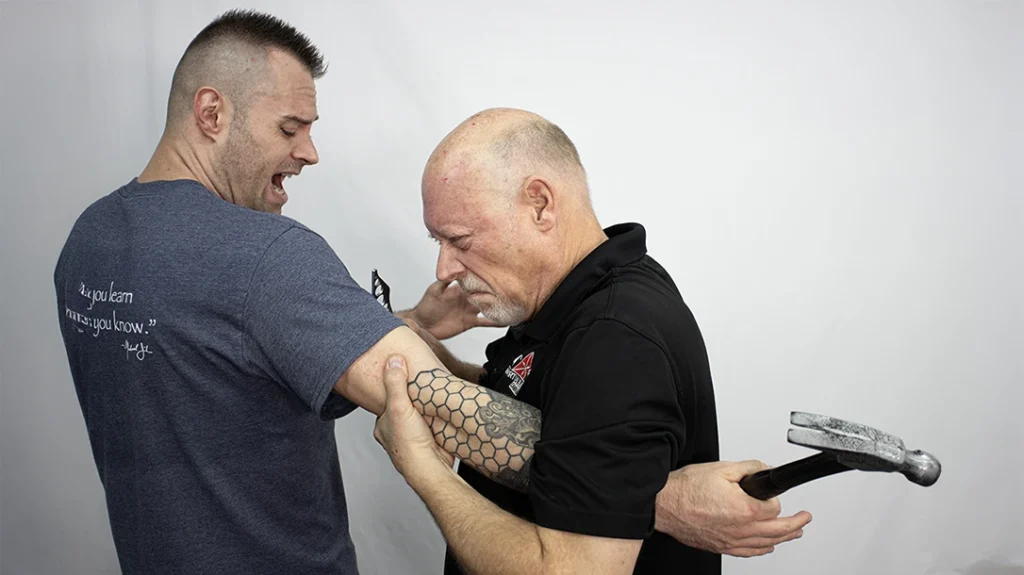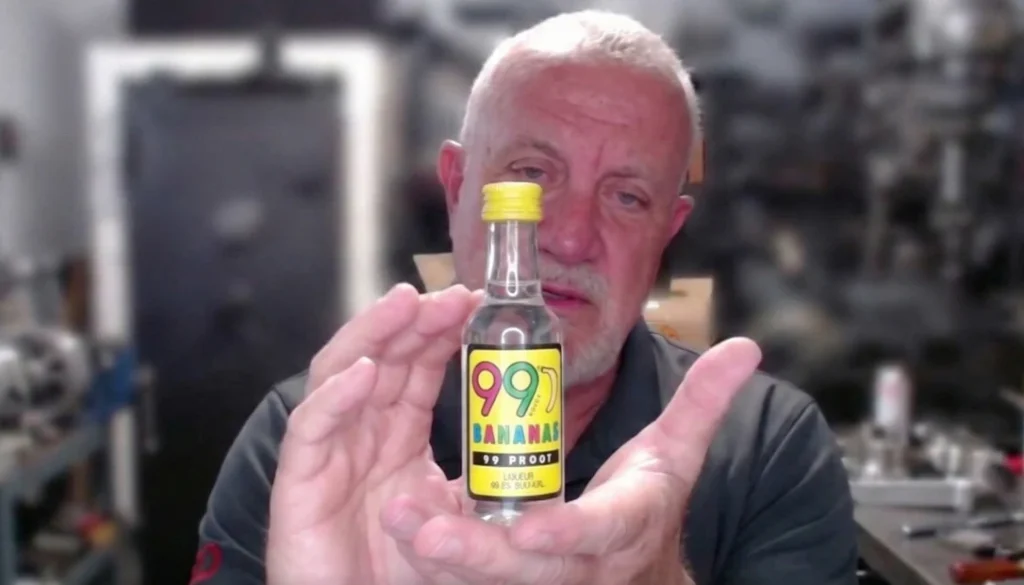My name is Andrea. Over the years, I’ve answered to various nicknames. Growing up, my family called me Annie. In school, I was often called Carrot Top or Red, but as I got older, these nicknames faded away… along with my hair color. However, for nearly 25 years, I’ve been called a name that, based on my track record, I will not be shirking any time soon. My husband calls me Grace, for the same reason a tall person may be known as Shorty or a heavy person goes by Slim. I’ve been accident-prone all my life. Thank goodness for home remedies.
At age four, I took a spill down a set of stairs and earned a 3.5-inch skull fracture. At 10, a permanent tooth went flying after a fall from the monkey bars. At 17, I chipped a bone in my finger while cheering at a football game. As an adult, my flair for falling, tripping, scraping, cutting, burning, or bumping into something has not diminished.
In fact, at the time of this writing, I broke my toe when my dog yanked the leash as the second digit on my left foot did a backflip. This was the same foot that, only last week, was finally free of a half-inch thorn that became embedded in the inner part of my ankle after I slipped while exiting a creek bed.
Advertisement — Continue Reading Below
Accidents happen…more frequently in my home than others, perhaps. Over the years, I’ve turned these frequent little mishaps into an opportunity to learn how to care for myself at home, which has saved me both time and money.
“Let food be thy medicine and medicine be thy food.”
― Hippocrates
Advertisement — Continue Reading Below
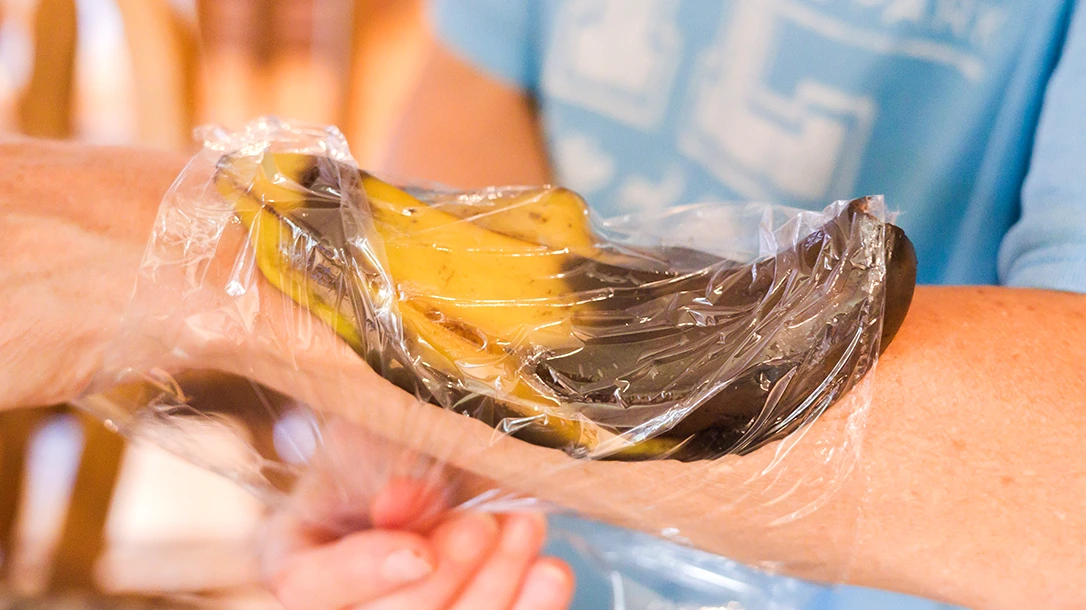
Bananas
I’m no stranger to bumps and bruises, and I also possess a trifecta of autoimmune diseases, which often causes achy joints. While bananas are good at raising potassium and keeping Charlie horses at bay, don’t throw out the peels! They are anti-inflammatory and soothing to aching joints.
They also contain compounds that reduce swelling and are rich in vitamins A, B, C, and E. Fresh peels can soothe dry skin and may help with minor skin irritations and bug bites. One of my chiropractors makes a natural pain-relieving liniment with banana peels. To create the liniment, place banana peels in a lidded mason jar of wintergreen alcohol. Let the peels soak for a couple of weeks or more. Massage the liquid into sore muscles and joints, or apply peels directly to an aching area and cover it with plastic wrap to hold the peel in place. Bananas themselves also support digestive health. In case of diarrhea, eat a green banana, while a very ripe banana will help loosen the bowels.
Advertisement — Continue Reading Below
Baking Soda
In the spring and summertime, my gardens are full of lilies, zinnias, and a hedge of red clover. I love growing flowers and attracting pollinators and bees to my yard, but tending to a garden can sometimes mean getting stung. For those times, I use baking soda. It is an excellent remedy for bee stings. Choose aluminum-free baking soda like Bob’s Red Mill Baking Soda. Mix soda with a small amount of water to create a paste. This will help neutralize bee venom and reduce pain, itching, and swelling. Allow the paste to sit on the sting for about 15-20 minutes before rinsing it off. Reapply the paste as needed to alleviate discomfort.
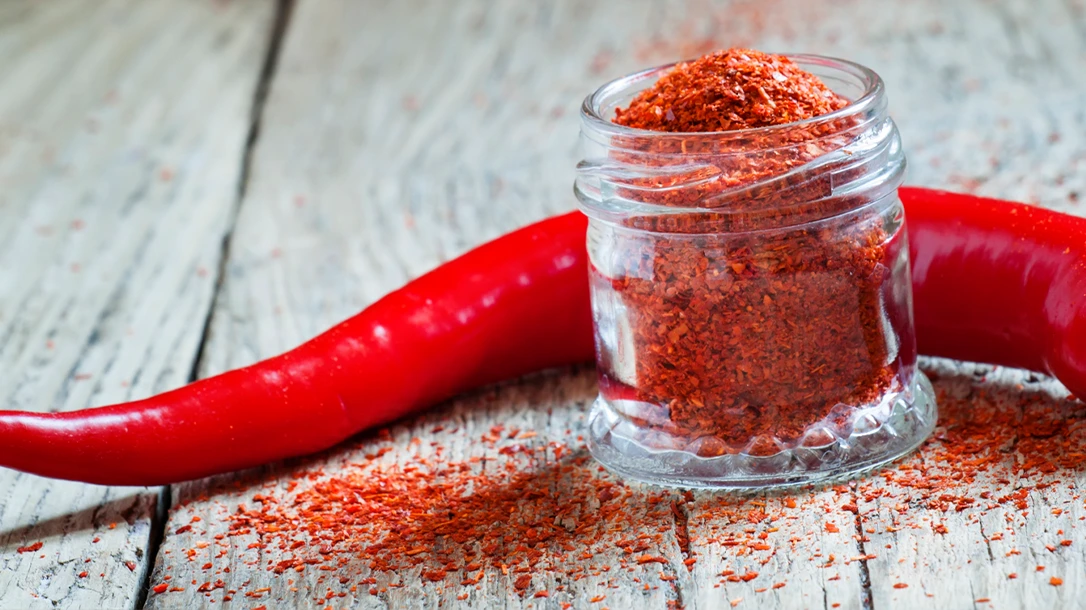
Cayenne Pepper
Did you know Cayenne pepper can stop a heart attack in as little as 60 seconds or stop bleeding? Famed healers Dr. John Christopher, N.D., and Dr. Richard Schulze, N.D. Both championed cayenne pepper and readily used it in their practices. Cayenne pepper must be at least 90,000 H.U. (heat units) to be able to stop a heart attack. Frontier Co-op brand fits the bill.
Advertisement — Continue Reading Below
If a person is having a heart attack and is conscious, have them drink a mixture of 1 tsp of cayenne in a glass of warm water. If they are unconscious, the recommendation is to use a cayenne tincture or extract(again, it must be at least 90,000 H.U.) Put a couple of full droppers underneath their tongue, full strength. Cayenne is a powerful stimulant. It increases the heart rate and carries blood to all parts of the body, thereby balancing circulation. Cayenne also stops bleeding instantly, but exercise caution and follow proper guidelines. First, clean the wound.
Next, prepare cayenne pepper paste. Mix a small amount of cayenne pepper powder with enough water to form a paste-like consistency. Carefully apply a thin layer of the cayenne pepper paste directly onto the bleeding area. Take care not to use too much pressure or irritate the wound further. Monitor the bleeding. Gently wash off the cayenne pepper from the wound once the bleeding has stopped or subsided.
Eggs
Kitchen knife mishaps and burns are a common occurrence in my home. Instead of reaching for my car keys and heading to the nearest medical facility, I crack an egg. Using the dry side of the egg membrane, I place it over the cut. As it dries, it contracts while hardening, aiding wound closure. Clinical trials dating back to 1981 determined that egg membrane is an inexpensive and reliable biological dressing. It even works for burn victims.
Advertisement — Continue Reading Below
Egg membrane is composed of several types of collagen, a major component of tissues involved in wound healing. It also acts as a temporary barrier against bacteria and has adhesive properties. Studies have shown that during the early stages of wound healing, between day 0 and day 5, wounds dressed with a chicken egg membrane healed 21% faster than those left uncovered.
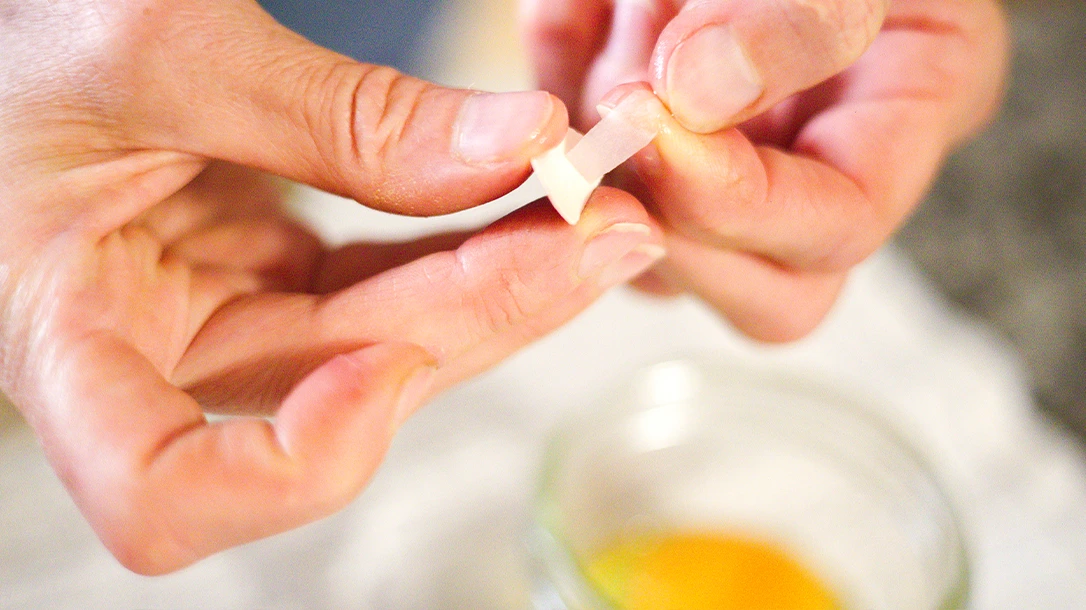
Honey
Honey has been used for centuries in medicine. Its antimicrobial properties prevent infection and aid in the body’s healing process. Honey can also reduce scarring by keeping the wound moist and preventing it from sticking to dressings. The type of honey you use is essential.
Advertisement — Continue Reading Below
Commercial honey available in grocery stores has been heat-treated and mostly resembles the properties of high-fructose corn syrup. This won’t aid in wound recovery.
Raw, organic honey from a local beekeeper or medical-grade Manuka honey is the type of honey to include in your first aid kit. To use, apply a thin layer to a wound and cover with a bandage. For those with frequent gastritis, honey may help soothe the digestive tract due to its antimicrobial, anti-inflammatory, and antioxidant properties.
Milk
When I knocked out a permanent tooth, I was fortunate that my mom knew how to preserve it. She immediately placed it in a glass of milk. Milk contains natural antibacterial properties. It also provides sugars that cells thrive on and proteins to maintain acid balance. The goal is to keep the cells on the root of the tooth viable so they may be reintroduced into the socket. Permanent teeth have the best chance of survival if replanted within an hour.
Advertisement — Continue Reading Below
Pineapple
Pineapple is one of the best (and most delicious) sources of bromelain, an enzyme that helps break down proteins, thereby clearing up bruising faster. The core of the pineapple contains the highest concentration of bromelain. Additionally, bromelain breaks down mucus, reduces congestion, and is a fantastic cough suppressant. It also contains antiviral properties to fight off infections that cause sore throats.
Sugar
Though sugar is known as a culprit to many of our growing health problems, the “white devil” has been proven to help heal wounds, especially when antibiotics fail or are unavailable. Senior nursing lecturer at the University of Wolverhampton, Moses Murandu, grew up in rural Zimbabwe, where sugar was regularly used for treating wounds. When he began working as an NHS nurse in the U.K., he realized this practice was not being utilized in other parts of the world and set out to change that.
Today, his lab trials and a growing number of case studies from around the world have supported his findings of successful sugar treatments on wounds resistant to antibiotics. Murandu once applied sugar to a woman who had dealt with a terrible wound for five years and was preparing to have her foot amputated. Sugar saved her foot. Murandu has even found success in treating diabetic patients without affecting their glucose levels.
Advertisement — Continue Reading Below
Sugar is sucrose, and when it is applied to the outside of the wound, it isn’t absorbed and converted to glucose. His method is simple: pour sugar on the wound and apply a bandage on top. The granules absorb any moisture, preventing bacteria from growing. Without bacteria, wounds heal more quickly. Murandu uses plain, granulated type sugar, and in his research, he found no difference between using cane or beet sugar.
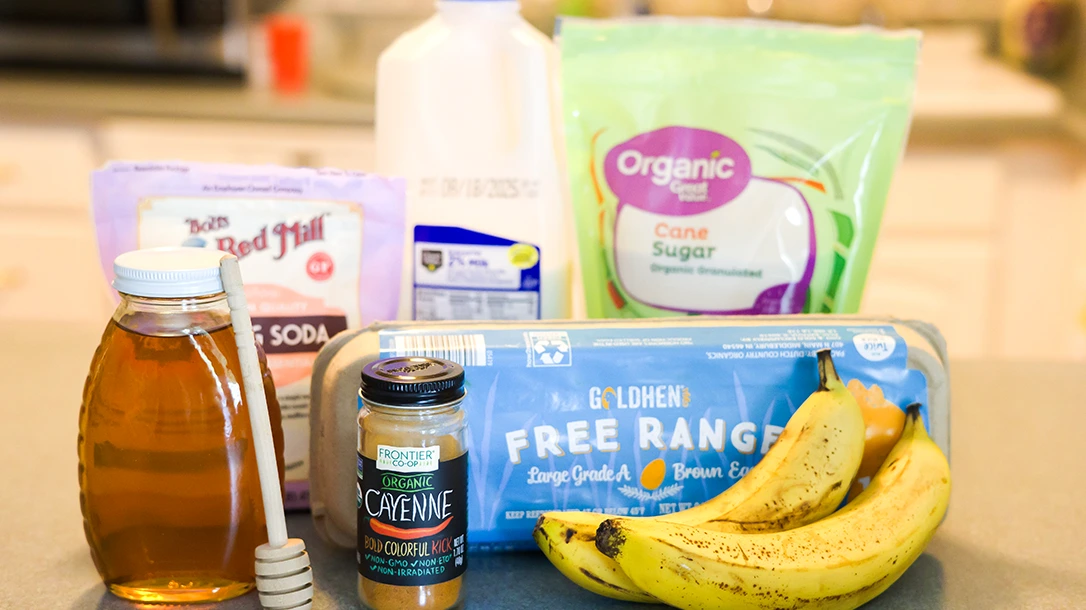
Home Remedies and Hard Facts
In 2021, approximately 140 million emergency room visits were reported in the United States, while urgent care centers have shown significant growth. According to the CDC, in 2019, 29.2% of adults had one or more urgent care visits to a retail health clinic. By the end of 2022, urgent care centers treated approximately 71 million people each year. Perhaps if we all learned how to mitigate injuries and illnesses at home by utilizing ingredients from our own pantries, we could reduce the number of visits and lessen the burden on our already taxed health care system.
